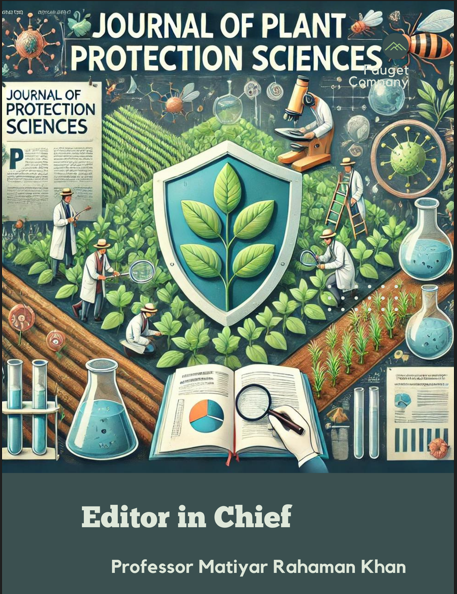Branch gall of mango (Oligotrophus mangiferae Keiffer) – its bioecology and management
DOI:
https://doi.org/10.48165/Keywords:
Branch gall, mango, bioecology, managementAbstract
The branch gall, Oligotrophus mangiferae Keiffer has recently appeared in serious proportion in the major mango growing districts of West Bengal, India. The present study had been taken up regarding the biology, population dynamics and management of this pest. Branch gall is a univoltine species. Emergence of adults from gall could be found from 2nd week of February, which continued up to 2nd week of March. Incubation, larval and pupal period lasted for 3-5 days, 315 days and 30-45 days, respectively. Eggs were laid singly throughout the young vegetative shoots by puncturing the tissue. A full grown larva was yellow in colour with a clear dark brown constriction on head. Initially the pupa was creamy white in colour which gradually turned light yellow and finally blackish. Adults were grey in colour and 2-3mm in length. A single species of parasite (Tetrastichus spp.) was found to emerge from the gall. Pruning at 30 cm had been found to be most effective in managing the pest. Spraying of thia methoxam @ 0.008%, imidacloprid @ 0.006% and monocrotophos @ 0.005% gave effective control of the pest.
References
Ananthakrishnan T N. 1984 Biology of Gall Insects. Oxford and IBH Publishing Co India. 362p.
Kapadia MN. 2003 Insect pests of mango and their management. In: National Seminar on Mango, G.A.U, Junagadh, June14-15, 2003.
Samui G Jha S. 2009 Biology, seasonal incidence and management of Apsylla cistellata Bucton on mango in West Bengal. The Journal of Plant Protection Sciences 1(1): 16-20.
West RJ. 1990 The biology, damage and within tree distribution of the Spruce bud midge on black spruce in Newfoundland. Phytoprotection 71: 31-36.

